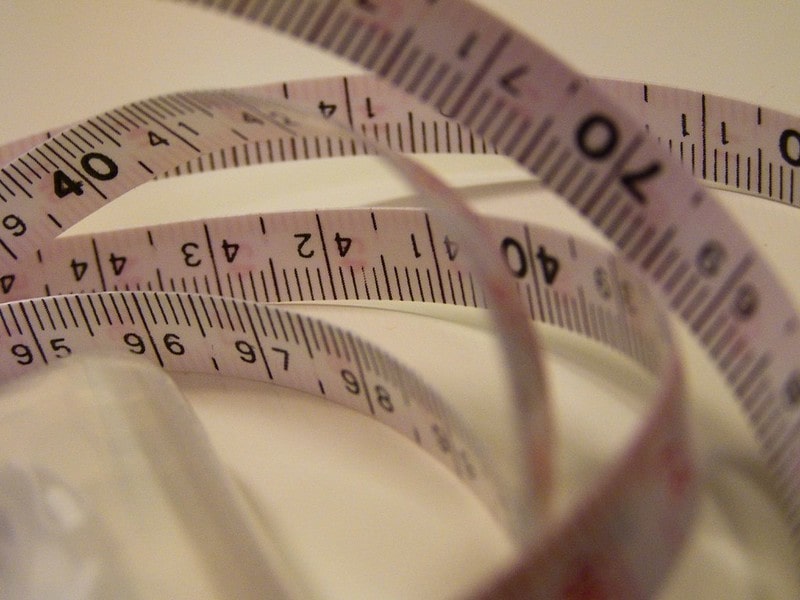Early dimension units in ancient history
People have actually been determining things for a long time. The earliest dimension units recognized date back to five or 6 thousand years in Egypt which included size as well as weight as well as made use of a decimal system.
As time went on, devices of size started making references to body parts to ensure that typical people could make a rough price quote of the devices. We are all acquainted with feet and yards; a foot was clearly connecting to a person’s (rather big!) foot as well as a backyard was gauged from the fingertips to the shoulder. It seems that the people that standardized these units have to have been titans considering that they are all a lot longer than the average individual today.
In time, a growing number of units were created for various objectives such as the acre for area. “Acre” is an old English term for “area” as well as was suggested to be the area of land that could be tilled in eventually utilizing a yoke and also oxen. A farmer with seven acres of land can after that instantly reason that it would certainly take a week to till his ranch.
After a while it came to be essential to systematize every one of these dimension systems therefore various approaches were taken into area to try to see to it that everyone was referring to the exact same amount when estimating a variety of a specific action. As an example, a yard became defined as the size of a pendulum for the period of the swing to equal one second- right here we see the scientists slipping right into the based on try to match these systems against the laws of nature.
In 1789, the French Revolution occurred and also after reducing the avoid of all the very important people determined to structure their culture around expertise as well as ideology and also, thus, were the initial to embrace the metric system which remained in the primary, based around clinical monitoring and also natural laws rather than the instead arbitrary devices utilized ahead of time.

The Celsius and Fahrenheit ranges
The statistics system embraced centigrade as the system of temperature (currently a lot more commonly known as the Celsius scale).
Previously, without a doubt the most typical temperature level range in use was Fahrenheit. This was, once again, based on the body partly where 100 levels would be the regular body temperature and also 0 degrees bizarrely was established as the “supported temperature when equivalent amounts of ice, water, and also salt are combined”. The human body temperature level was later on discovered to in fact be about 98 levels, which included a lot more confusion to the scale.
Celsius created a really sensible scale based upon water- 0 levels was the freezing point and 100 levels was the boiling point. Every little thing in between was sculpted into 100 degrees and also this was the device of temperature level. A much more logical method as well as conveniently recreated by experiment to ensure that thermostats and various other tools could be adjusted.
Ever since an additional range very closely related to Celsius has actually been made use of in the scientific research world- Kelvin. The only distinction with this range is that although each degree is the same, it begins at “absolute zero” which is the chilliest that anything in the universe can get! There are no negative Kelvin values as you can not obtain any kind of colder than this, not even in the level I made use of to stay in 4 years ago! This makes the freezing point of water 273.15 K (cozy by comparison) as well as the boiling point adding an added hundred levels to 373.15 K. On an odd note, levels Kelvin is not typically given up degrees and also the circle icon is not utilized, just the “K”.
The Meter as well as its by-products
The meter was initially specified by the French as the size in between 2 marks on a platinum-iridium bar (which was developed to stand for 1/10,000,000 of the distance from the equator to the north post through Paris). The bar would certainly be kept in Paris and also extra bars could be made versus this “master duplicate” for general usage.
Since then it has actually been redefined versus global physics as the range travelled by light in outright vacuum in 1/299,792,458 of a 2nd.
All various other metric measurements for length, area and also volume are derived from this system. A kilometer is a thousand meters, a millimeter is a thousandth of a meter and so forth. Area measurements can either be the square equivalents of the meter (a meter settled is the location covered by a square of one meter by one meter) or the frequently previously owned land device the hectare which is 10,000 square meters.
In a similar way, the quantity measurements are the cubic counterparts; a litre being 10 centimeters by 10 centimeters by 10 centimeters. By-products of this consist of the milliliter (a thousandth of a liter) which is one centimeter cubed.
If you seek further guides, helpful hints, articles and news, you can go to coolstuffshub.com










